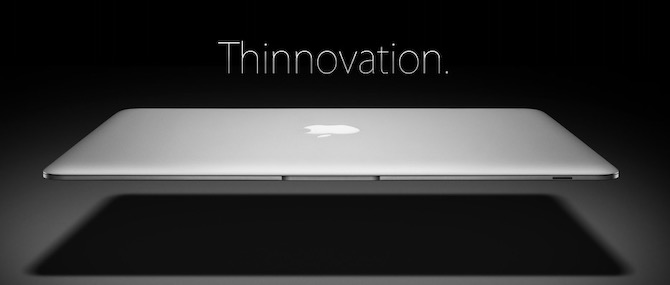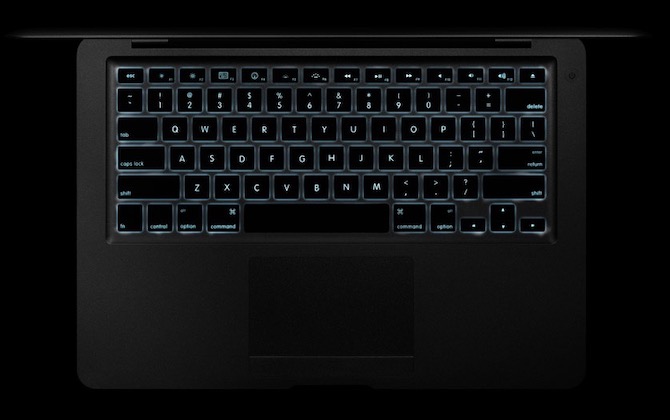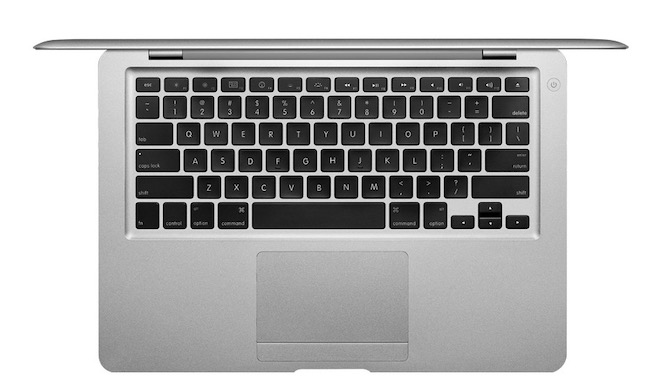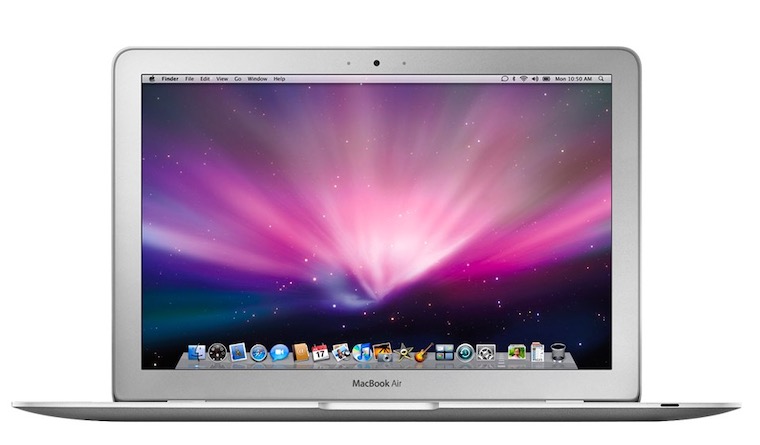The year 2008 went down in Apple history, among other things, with the introduction of the light, thin, elegant MacBook Air. The first MacBook Air with a 13,3-inch display was only 0,76 inches thin at its thickest and 0,16 inches at its thinnest point, which caused quite a stir at the time. Steve Jobs stylishly pulled the laptop out of a large paper envelope when presenting it at the Macworld conference and called it "the thinnest laptop in the world".
It could be interest you
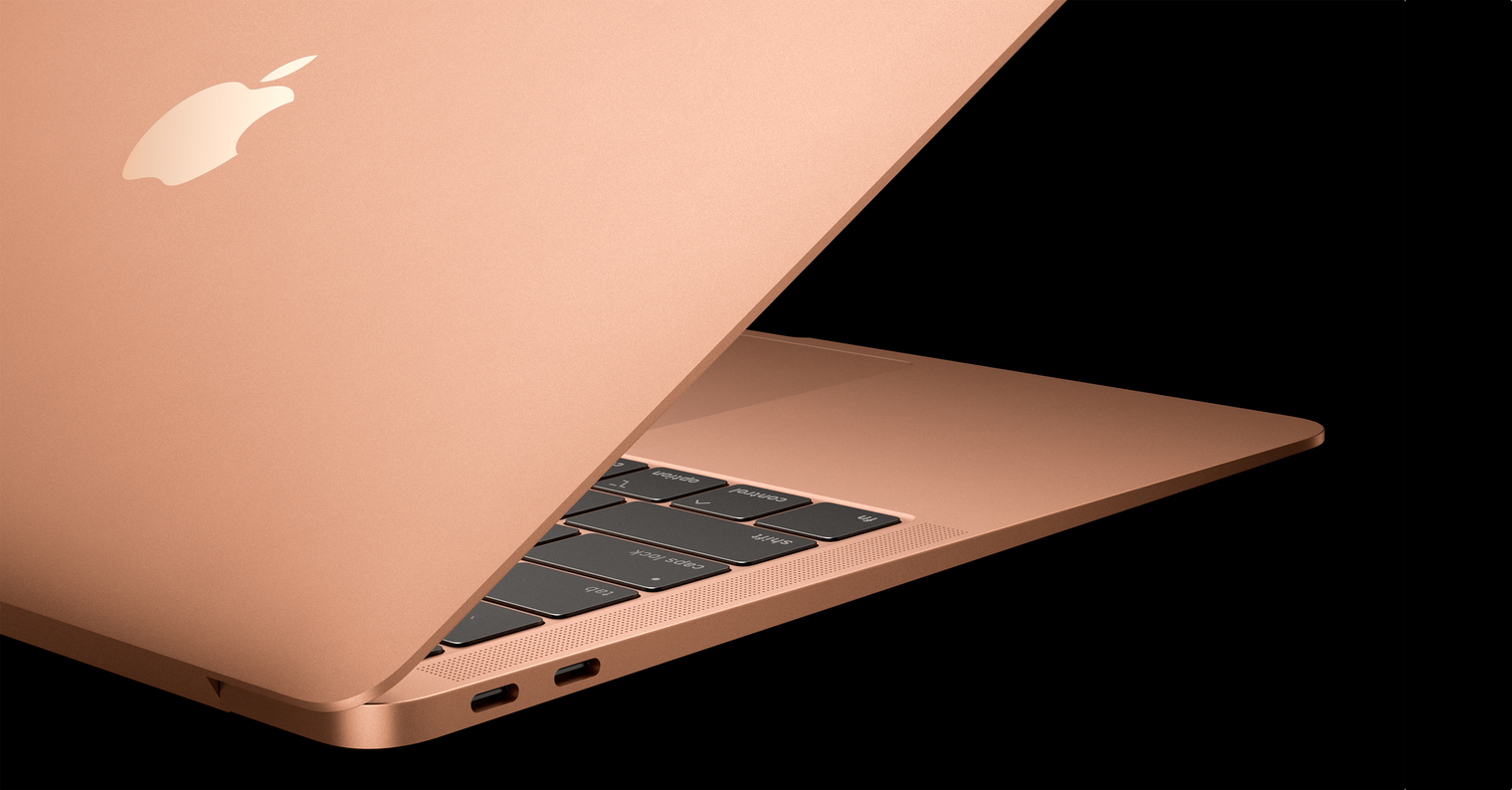
In addition to its light weight and thin construction, the first MacBook Air also attracted attention with its unibody design made from a single piece of aluminum. In the ten years that have passed since the introduction of the PowerBook 2400c, Apple has come a long way in terms of design – the PowerBook 2400c was considered the lightest laptop from Apple at the time of its release. The MacBook Air production process fundamentally changed the way Apple makes its laptops. Instead of assembling from multiple layers of metal, the company started working with a single piece of aluminum, and the process of layering the material was replaced by its removal. Apple later applied this manufacturing method to its MacBook and iMac.
However, with the MacBook Air, Apple focused on design at the expense of performance and some functions. The laptop was equipped with only one single USB port and completely lacked any optical drive, which was not very common in 2008. However, the MacBook Air reliably found its target group – users who emphasized the lightness and mobility of a laptop rather than performance. The MacBook Air was even declared by Steve Jobs to be a "truly wireless machine" - you would look for Ethernet and FireWire connectivity in vain. The lightweight computer was equipped with a 1,6GHz Intel Core 2 Duo processor, 2GB 667MHz DDR2 RAM and an 80GB hard drive. It was also equipped with an iSight camera, a microphone and a keyboard of the same size as other MacBooks.
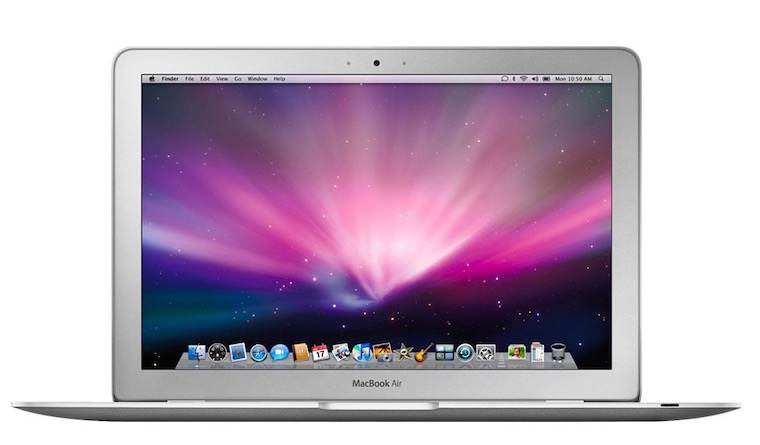
Source: Cult of Mac

